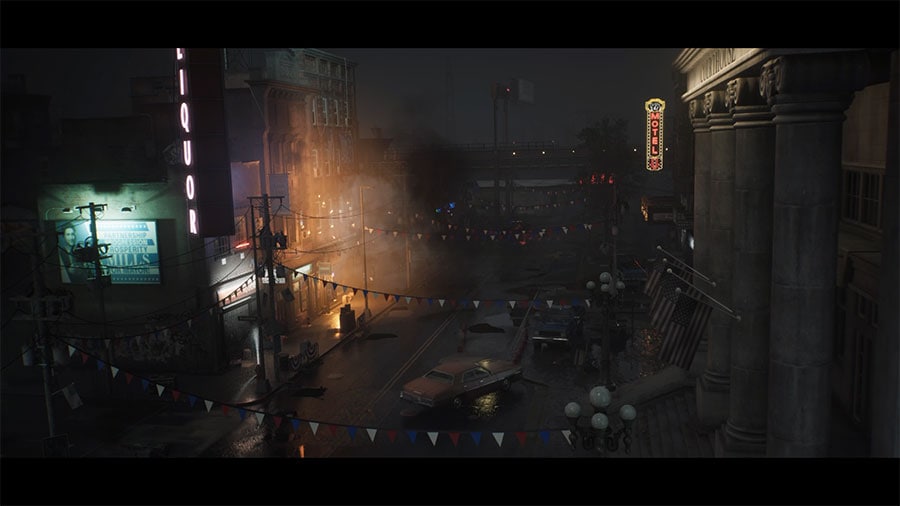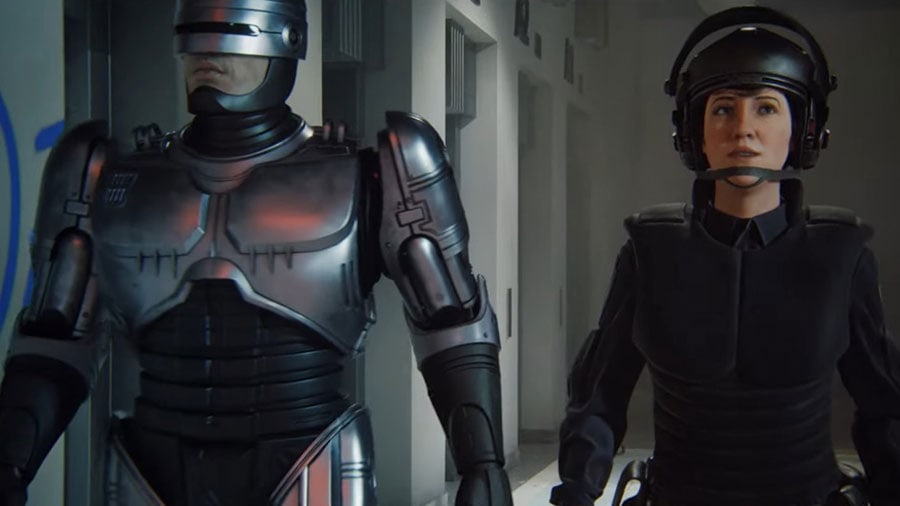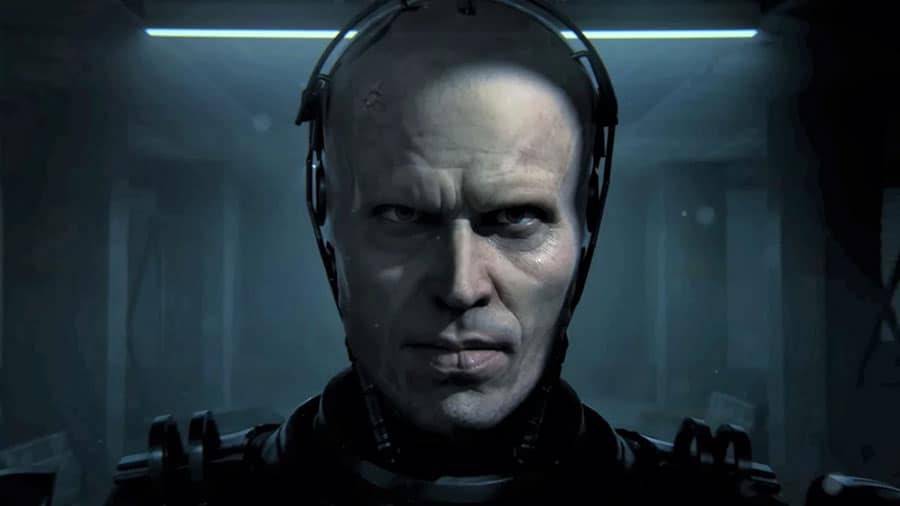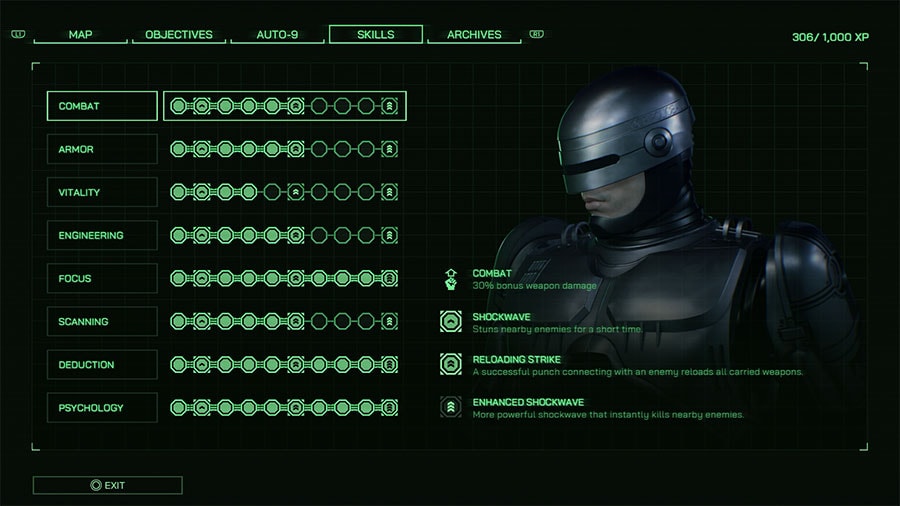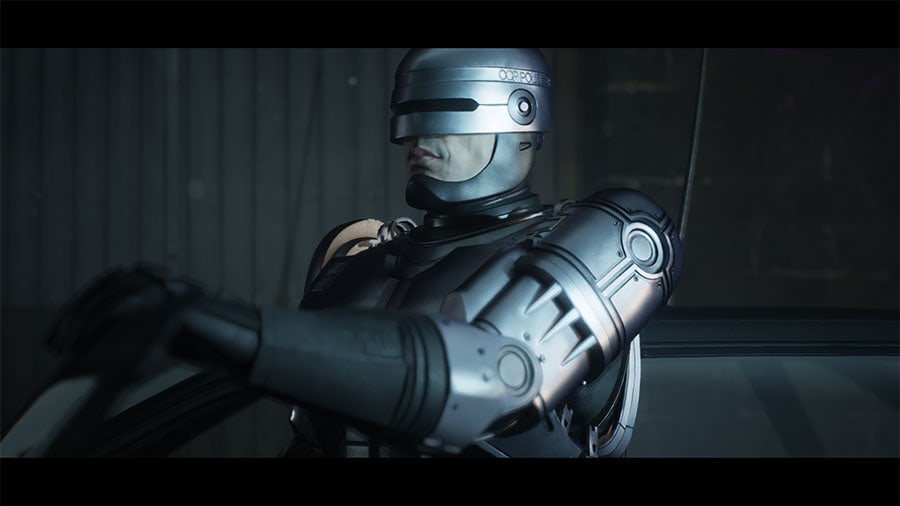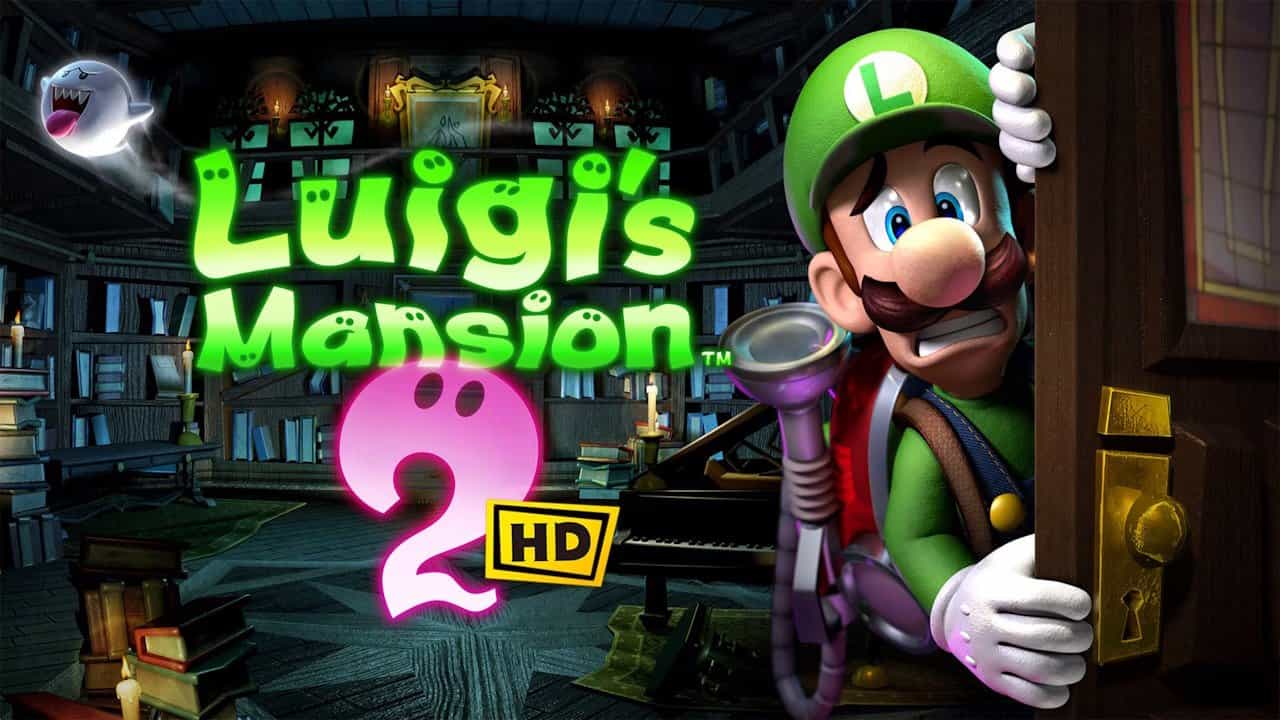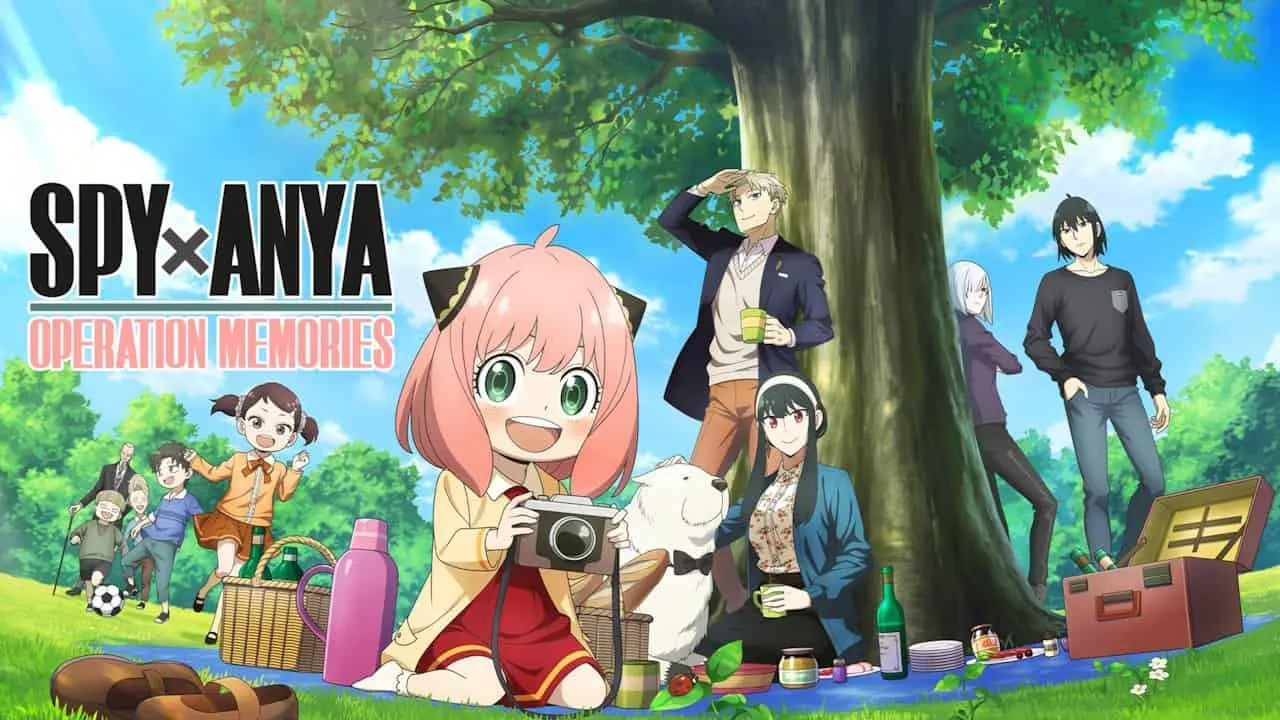RoboCop Rogue City Review

Official Score
Overall - 85%
85%
RoboCop Rogue City pays homage to its source material like no other. A faithful recreation of a beloved character and world over 30 years in the making. At its core, it's a fantastic over-the-top 80s action shooter but dig a little deeper and you'll find a dark, dystopian tale of man and machine more relevant today than it ever was before.
RoboCop Rogue City looks to build on a franchise that started way back in 1987. Fantastically exaggerated violence, 1980s slapstick humor, social satire, and designs slapped on every t-shirt and lunchbox in the school cafeteria. RoboCop has been a cultural phenomenon for nearly as many years as I’ve been alive but even still, we’ve yet to see a truly worthy RoboCop video game. Is that all about to change with the release of Teyon’s RoboCop: Rogue City?
RoboCop Rogue City Review
If I’m being completely honest, whenever a new game hits my radar based on an IP we haven’t really seen in nearly 10 years, I’m immediately skeptical. All too often studios deliver sub-par games in the hopes that the IP carries it to financial success, I’m looking at you Rise of Kong, but developers Teyon had a pretty solid shooter with Terminator: Resistance, so I had some hope. That hope was not misplaced. I’ve spent the entire weekend humming the RoboCop theme tune, I’ve rewatched the original movie and I even paid an extortionate price to watch RoboCop II on Prime. Nearly £8 for a movie released in 1990, can you believe that? Anyway.
RoboCop Rogue City takes place between the events of RoboCop 2 (1990) and RoboCop 3 (1993). A hyper-violent Detroit, still gripped by a deadly Nuke drug epidemic, struggles to stay alive as an evil mega-corporation, OCP, fights to privatize the police force in order to deploy its latest batch of crime-fighting cyborgs. All the while they were trying to swindle citizens out of their homes to build a new mega-city, Delta City. The story is so closely tied to the original movies to be predictable throughout but it never felt cheap or uninspired, more an honorable nod to a beloved franchise that has survived over three decades. A worthwhile story for seasoned RoboCop fans, and a fantastic glimpse into a dystopian Detroit controlled by corporate superpowers for those jumping into the RoboCop world for the first time.
Even if the rest of the game was complete garbage, which it’s very much not, RoboCop Rogue City is worth playing for the fan service alone. The level of passion and attention to detail in delivering a believable installment in the RoboCop universe is incredible and had me grinning from ear to ear throughout most of the game. Chasing down a stolen 6000 SUX, RoboCop mentions Acapulco being a warzone, the computer screen being an exact match of the one in the archives room in the original movie, a Sunblock 5000 side quest, even the way RoboCop drives the police car out of the garage is near identical to the movies. Most of these are tiny, almost insignificant elements of the movies but when tied together, it gives it a level of authenticity I was not expecting.
It’s a heartwarming combination of iconic characters, lines of dialogue, and world-building that makes RoboCop Rogue City one of the most authentic video game adaptations I’ve played in years. As a huge fan of RoboCop growing up, I felt as though I was exploring a new movie, a new saga in Alex Murphy’s journey. Simply put, this is a must-play game for RoboCop fans of the 80s and 90s.
Although it’s easy to remember the original movies as nothing but over-the-top, mindless violence, RoboCop has stood the test of time because it was always so much more than that. Alex Murphy’s inner battle of man or machine, struggling to come to terms with the loss of his family. The moral dilemma of protecting the people of Detroit or obeying his very creator, OCP. Teyon managed to create an immersive balance of both sides of the man, the one in the metal suit and the man underneath.
Much of the game centers around RoboCop and his relationships with his friends, allies, and the people of Detroit. This manifests in the game using a choices and consequences system that plays out throughout much of the experience, offering alternative endings and encounters depending on RoboCop’s interactions. You can choose whether to aid these people or turn them in to OCP, although not all choices are black and white. It’s a meaningful system, not one that merely presents an illusion of choice, but the lack of proper save functionality meant I didn’t get to explore as many alternative routes as I would have liked.
Rogue City’s combat system is arguably the games most impressive element. It perfectly captures RoboCop’s superior fire power and machine heightened reactions and senses, whilst still maintaining a level of vulnerability and threat. Walking into a room, scanning around with RoboVision, analyzing threats and taking out targets, it never gets old. Every encounter throws you into the middle of a ridiculously over-the-top 80s action movie and it doesn’t apologize for it. Ever.
It features a robust selection of enemy types as RoboCop takes on everything from ED-209 to rampaging bikers and well-armed mercenaries, all with an arsenal equally as impressive – even if most of them feel a bit weak compared to an upgraded Auto 9. It’s near perfect pacing of investigatory and passive exploration scenes meant I was foaming at the mouth in preparation for the next glorious opportunity to explore how many body parts I could remove before my enemies fell to the floor.
Whether you’re blasting through halls, busting down a door in slow motion, or cleaning up the streets of Downtown, RoboCop’s iconic stomping and his rapid-fire Auto-9 provide equal measures of nostalgic highs and good old fashion fun.
RoboCop’s iconic “that fucking gun” side-arm, the Auto 9, features a unique, engaging, and rewarding upgrade mechanic that allows RoboCop to effortlessly shred an ED-209 to pieces. Throughout the game you discover Circuit Boards, upgrade paths that can be installed in the Auto 9 with various paths and upgrades. You also discover chips that can be placed into the slots of each path to unlock powerful upgrades and bonuses.
It’s a mix-and-match style approach, with certain nodes accessing new features, while others may lead to weakening the weapon overall. As you discover and craft better quality chips, you can further enhance various attributes of each weapon. This is a vital part of progression as it has the power to turn difficult enemies into, well, a bloody pulp. One of the upgrade paths turns up the gore setting to 11 while another gives RoboCop’s weapon infinite ammo without the need to reload. Yes, it’s as glorious as it sounds.
I walked into a pristine courthouse with marbled pillars, expensive art adorning the walls, a glorious statue taking pride at the center of the building. After I’d finished RoboCoping everyone inside, it was a mess of rubble and body parts. The explosive nature of Rogue City’s fantastic combat system combined with meaningful and impactful weapon upgrade mechanics is a thrill to explore and execute.
On the other hand, the games skill system doesn’t feel as rewarding or well planned. There are several skill trees you can invest it, increasing everything from your damage to how well you can speak with suspects and allies, but the either or approach means some of the games best features are tucked away behind late-game upgrades and progress. That’s not to say you don’t have a choice, you can level any skill whenever you want, but the game holds a gun to your head and unless you want to miss vital bonuses, you’re going to stick to a certain path.
Maybe it’s all my years of being denied loot and opportunities in Bethesda games but given the choice in Rogue City, I spent much of the first half of the game leveling my Deduction and Psychology skills. Deduction allows RoboCop to read hidden notes to discover the combination to a nearby safe, containing items to give more XP, and the Psychology skill highlights favorable dialogue options – something I couldn’t avoid if I wanted to end the game on a positive note.
Once I’d invested enough in those to be confident I wouldn’t accidentally give OCP the run of Detroit by the time I was done, I started exploring the other skills. Focus, providing an insanely satisfying slow-motion system, Scanning allowing me to ricochet bullets in case a baby needed saving, and Vitality, a skill that let me drain energy from fuse boxes to restore health. All of the skills are rewarding, I just wish some of the more exciting ones were available on out of the box RoboCop, without needing an upgraded model.
When you’re not shooting down scum, RoboCop: Rogue City uses familiar yet effective methods to engage players in more authentic police work. Using RoboCops advanced scanning and detection systems, you’ll be searching crime scenes for clues, taking statements, and chasing down suspects. It’s a system of simple design, merely scanning around a picture to locate things out of place, but it never gets frustrating or overwhelming.
Rogue City’s demo was not without its problems and while many of those were improved or fixed, the full release is not without it’s buggy woes. I lost about 2 hours of progress due to a bug that wouldn’t let me open a door. Secondary Objectives, the games side quest style system, would often play out multiple times after completion. Characters would vanish when shot, certain areas struggled in the FPS department. All in all, nothing major, most mere minor inconvenience, but a bit more work under the hood is needed post-release.
RoboCop Rogue City pays homage to its source material like no other. A faithful recreation of a beloved character and world over 30 years in the making. At its core, it’s a fantastic over-the-top 80s action shooter but dig a little deeper and you’ll find a dark, dystopian tale of man and machine more relevant today than ever.
